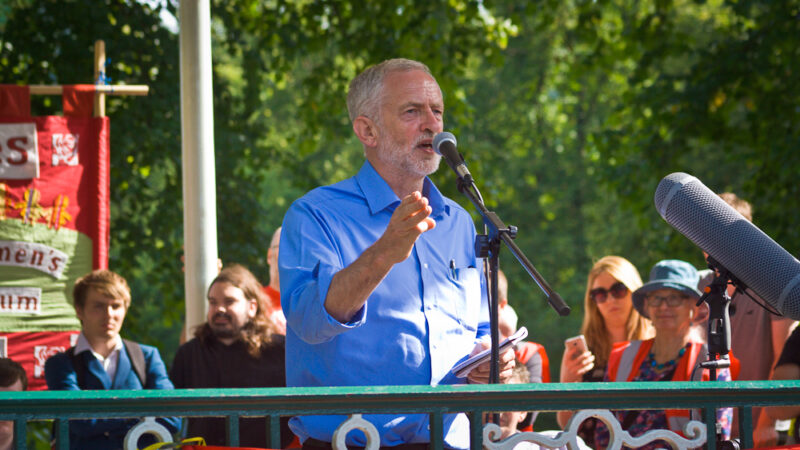Between 2015 and 2019, Labour increased its vote share in 396 seats and reduced it in 234.

Data compiled by a Twitter user called Simon K shows how the Labour vote share changed in each constituency between the 2015 and 2019 elections.
The data shows that, under Corbyn, Labour increased its vote in 396 seats and reduced it in the remaining 234. The Northern Irish seats and the two speakers of parliament’s seats are not included.
In this period, the constituencies Labour improved most in were Portsmouth South, Bradford West, Bristol West, Canterbury and Truro and Falmouth.
The seats their votes decrease most in were East Renfrewshire, Bassetlaw, Ochil and South Perthshire, Aberdeen South and Stirling.
Of these, four are Scottish seats which were held by Labour until 2015 and then became SNP-Tory marginals, leading a vote for Labour to be seen as a wasted vote among many.
Leaving aside Scotland, the other seats where Labour did worst are mainly Yorkshire seats like Barnsley East, Normanton, Pontefract and Castleford, Wentworth and Dearne and Barnsley Central.
All of these are still held by Labour but are likely to be lost to the Conservatives at the next election if the trend continues. All are older, more white and more Leave-voting than the national average.
In contrast, the seats where Labour did best under Corbyn tended to be seats where either a small left-wing party or the Liberal Democrats had a high vote share in 2015 which Labour seem to have eaten into.
For example, in 2015, the Greens got 27% in Bristol West and George Galloway’s Respect Party got 21% in Bradford West. In Portsmouth South, Southport, Truro and Falmouth, Leeds North West, Colchester and Cardiff Central, the Lib Dems had a high vote share in 2015. These parties have since declined as Labour has gained.
Seats where this doesn’t seem to apply though and Labour did improved include East Worthing and Shoreham, Chingford and Woodford Green, Bournemouth East, Reading East, Putney, Hove and Bristol North-West.
In these seats, gains were made directly at the Tories’ expense. This is perhaps a result of demographic changes as younger people (who are far more likely to vote Labour) move out from the Labour-voting centres of London, Brighton and Bristol to these suburbs and commuter towns.
Labour won four of these seats under Corbyn and, if the trend continues, could well win some of the others at the next election.
Another seat where Labour did (perhaps surprisingly) well under Corbyn is the Isle of Wight. The island’s election co-ordinator Julian Critichley has said this is a result of savvy local campaigning.
Joe Lo is a co-editor of Left Foot Forward
Left Foot Forward doesn't have the backing of big business or billionaires. We rely on the kind and generous support of ordinary people like you.
You can support hard-hitting journalism that holds the right to account, provides a forum for debate among progressives, and covers the stories the rest of the media ignore. Donate today.



